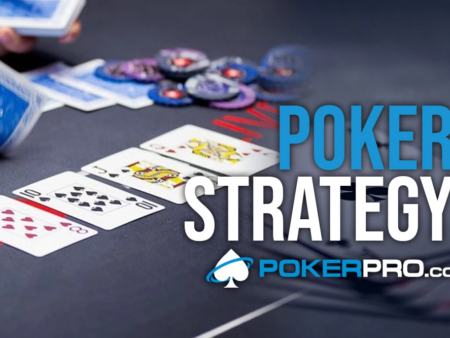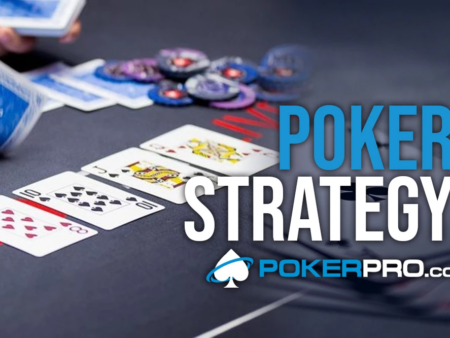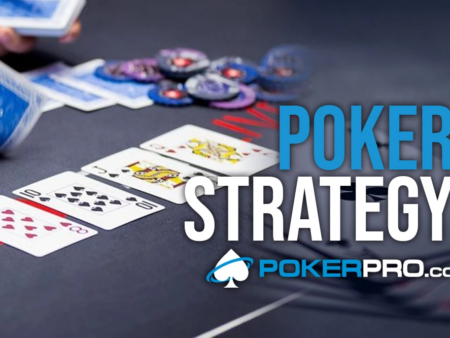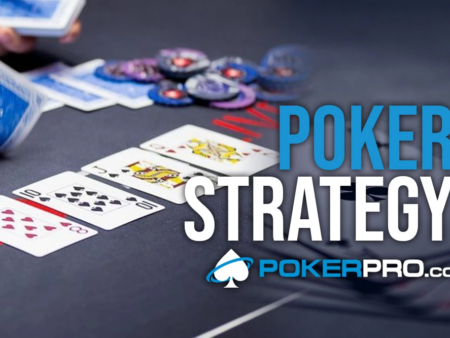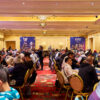Building a solid preflop gameplan is of paramount importance for every player. If we construct good ranges for preflop play, we’ll have much less pr…
Building Preflop Gameplan
Building a solid preflop gameplan is of paramount importance for every player. If we construct good ranges for preflop play, we’ll have much less problems playing postflop.
What are we looking for?
When constructing preflop ranges you have to have in mind a few things: effective stack depth, position we are in and action before us.
But most people forget how we are going to play our preflop ranges postflop, which is, arguably, the most important part of good preflop range building.
Let’s look at some example ranges from 8-max 12.5% ante MTT.
UTG Open Raise
This week we are going to look at the Open Raise charts and how they change when we are shallower.
1st let’s look at the 100bbs 2.5x Open Raise strategy:

And then same for 20 bbs stack:
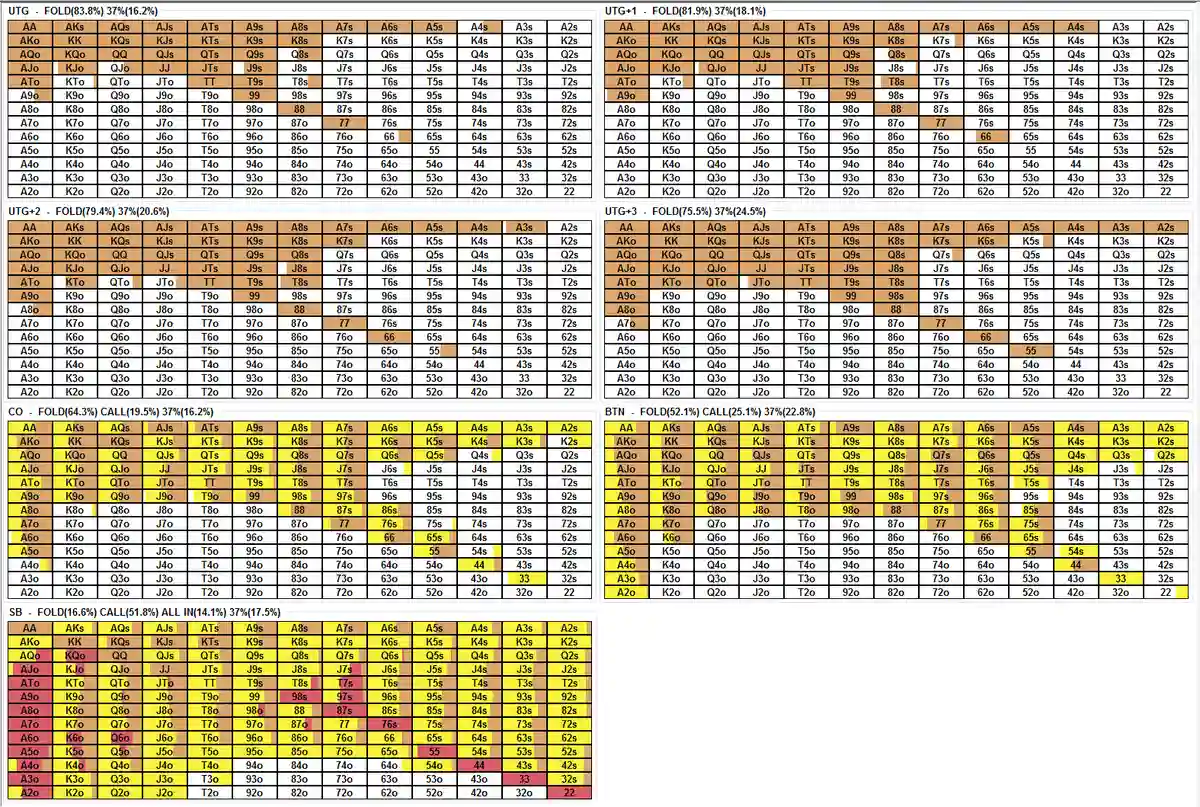
100bb deep
With 100 bbs we open 14.7% and we are happy to open:
- any pair (although 22 to 44 with 50% frequency)
- A3s+
- Low suited connectors starting from 54s to 87s and some suited gappers like T8s (50%)
- AJo with 50% and then AQo+ also KQo with 75% frequency and minuscule 10% of Ato which for practical purposes we can fold always.
To clarify regarding mixed strategies, whenever we have mixed strategie for one hands, that means that expected value of that hand’s open and fold is same or very close, and solver or players choose whether they want to open them, having in mind total frequency always.
In the charts we are showing today hands are chosen to have good board coverage and to perform good vs 3-bet action if needed.
20bb deep
When we go down to 20 bbs we see some very clear differences between the ranges which are logical.
With 20bbs we start to open 66, half of them than 77+. So we fold 22 to 55 and 50% of 66. That’s because we don’t have enough depth to justify playing low pairs as we won’t be having implied odds to play for set value.
As a rule of thumb we wan’t to have 20 times last aggressive action minus what we already invested in pot, if any, to play low pairs. We will hit more than that sets, but when we approximate times that we are going to stack someone with times when we won’t we go very solid rule of “call twenty”.
Similar is true for suited connectors. Those hands doesn’t have enough depth, thus not enough implied odds to justify playing them.
So for 20 bbs we fold all of them up to T9s so only medium to high connectors (we also have T8s with 50%). Low suited aces combine traits from both end of the spectrum: They have robust equity and hot cold equity, A is best blocker and we do make nut flushes and flush draws which will enable us to semi bluff more efficiently.
There’s difference with offsuit hands as well. Our stack depth now values these high offsuit hands much better. We start from even A9o (50%) and ATo+, then we have KJo+ and half of times QJo which doesn’t sound like much but remember QJo has 12 combos and QJs 4 combos so these 50% or combos counts as two suited hands.
When we look at the total frequency we have 16.2% with 20bb’s vs 14.7% with 100 bbs, that’s because of the offsuit combos.
All ranges for depths in between are somewhere in between 🙂
So for 30 bbs we have 55 with 75% frequency than 98s with 50%.
For 60 bbs we have some 65s but we have ATo with 75% as first off Ax.
Conclusion
When you make preflop open strategie you have to bare in mind not only stack depth and number of players and position but also playability of certain hands in your range for different depths.
Deeper we go robust equity hands have much more ev than hot cold equity and vice versa.
With 20 bbs you want blockers as much as you could and not only blockers to have villains 3-bet you less, but also when you go postflop (mostly vs bb who we call a lot).
Your top and 2nd pairs gain much more than flush draws and straight draws, you wan’t to stack off with any piece of board.
With 100 bbs you don’t want to go broke with AQ on Axx, not even close but with 20 you are happy with KJo on Kxx.
Next time we will show 3bet gameplan with more focus on being more exploitative vs certain types of players postflop and how that changes our 3bet default plan.
Thank you and good luck at the tables!

